
‘Four things to see’ is sponsored by Bloomberg Connects, a free arts and culture platform that provides access to museums, galleries and cultural spaces around the world on demand. Explore now.
Each week we bring you four of the most interesting objects from the world’s museums, galleries and art institutions, hand-picked to mark significant moments in the calendar.
World Oceans Day invites us to contemplate the vast blue expanses that cover 70 per cent of our planet’s surface and harbour 80 per cent of life on Earth. The world beneath the waves remains less explored than the surface of the moon and continues to be a source of wonder. From medieval maps with sea monsters lurking at their edges to contemporary installations addressing marine conservation, art has drawn on oceans as both subject matter and metaphor.
The artistic fascination with marine environments extends beyond aesthetics to engage with urgent environmental concerns. As coral reefs are bleached, plastic gyres expand and species disappear, artists have responded by creating works that remind us of what we stand to lose and what might yet be saved. This World Oceans Day, we dive into four works that capture the beauty, mystery and fragility of our blue planet.
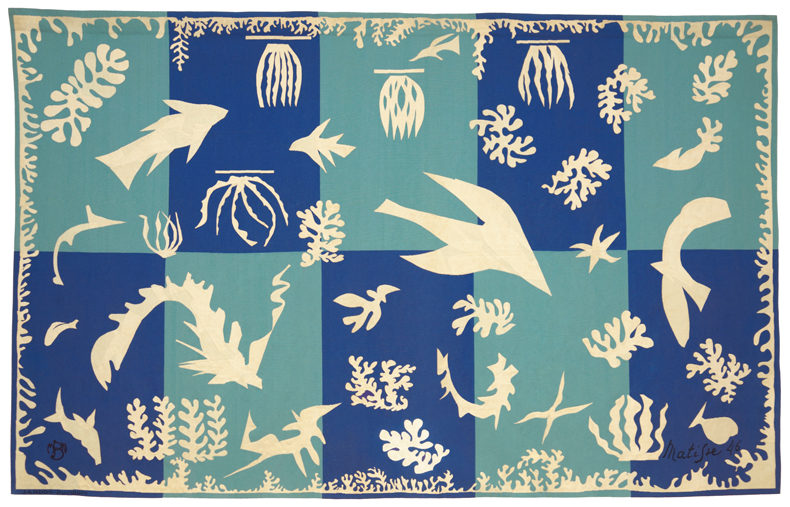
Polynésie, la mer (1946), Henri Matisse. Wool tapestry made by the Beauvais Manufactory in 1964; gifted to the French state by Mrs Jean Matisse in 1978. On loan to the Musée Matisse, Nice, from the Musée du Louvre, Paris. Photo: © François Fernandez
Polynésie, la mer (1946/64), Henri Matisse
Musée Matisse, Nice
White marine motifs float against a deep blue background in Matisse’s mesmerising piece; fish, coral forms and abstracted sea creatures drift across the composition like organisms glimpsed through a diver’s mask. Created during Matisse’s late ‘cut-out’ period – in which the artist excised and rearranged abstract shapes from gouache-covered paper – and inspired by his memories of Tahiti, the work was later translated into tapestry with exacting precision. Its rhythmic arrangement captures the gentle undulation of underwater currents. Click here to find out more on Bloomberg Connects.
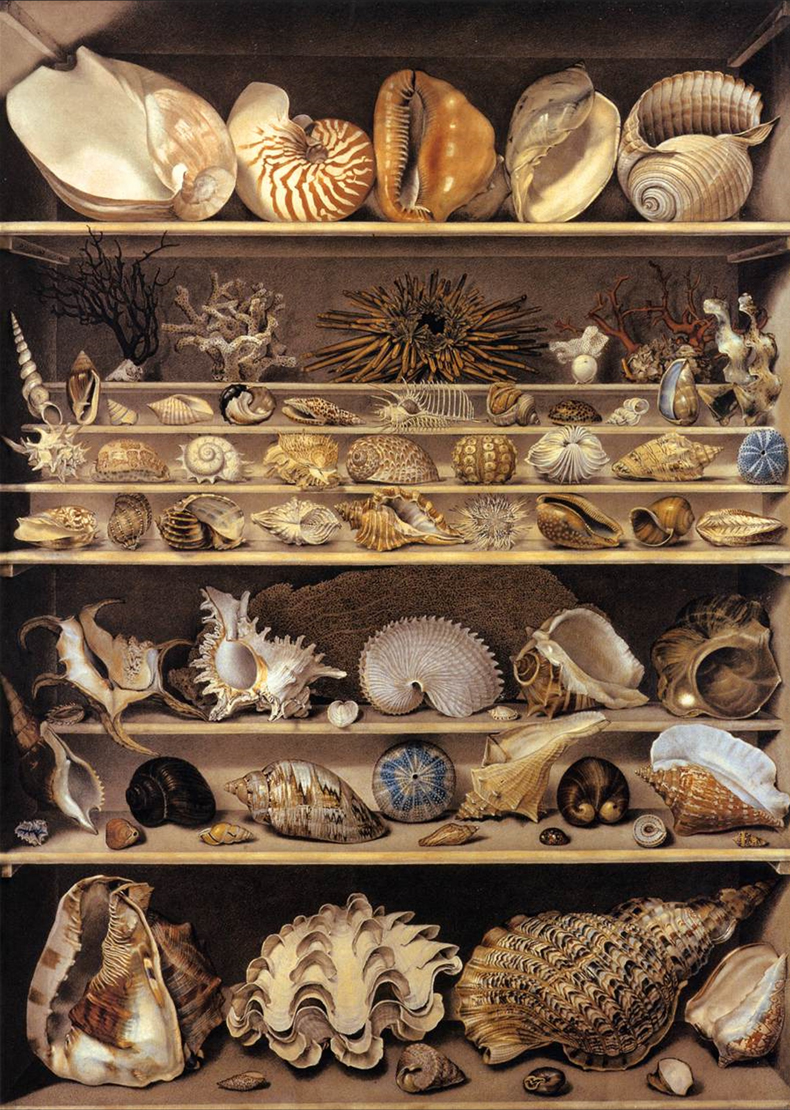
Selection of Shells (c. 1803/10), Alexandre-Isidore Leroy de Barde. Photo: © GrandPalaisRMN / Gérard Blot
Selection of Shells (c. 1803/10), Alexandre-Isidore Leroy de Barde
Musée du Louvre, Paris
Meticulously arranged marine specimens populate this scientific still life, part of a series acquired for the Louvre by King Louis XVIII. The painting reproduces curiosities from William Bullock’s Egyptian Hall, an exhibition space in Piccadilly; it captures both their taxonomic aspect and their beauty. Leroy de Barde renders each shell with exquisite attention, recording their luminous surfaces and spiral geometries while celebrating the Enlightenment’s dual fascination with objective classification and aesthetic wonder. Click here to find out more.
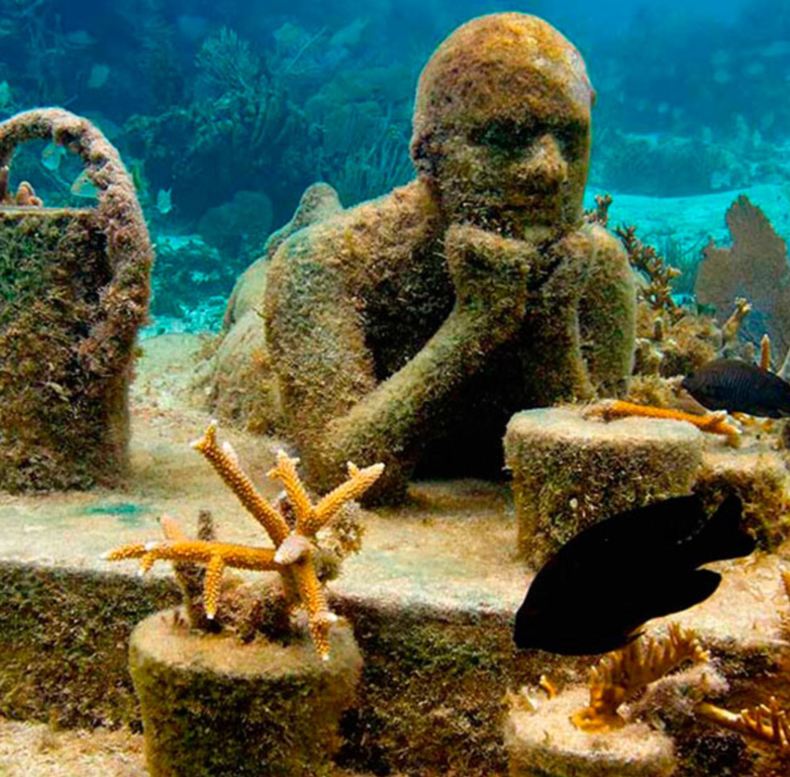
View of the underwater sculptures in Punta Nizuc (2010) by various artists. Museo Subacuático de Arte (MUSA), Isla Mujeres and Cancún
Underwater sculptures in Punta Nizuc (2010), various artists
Museo Subacuático de Arte (MUSA), Isla Mujeres and Cancún
Beneath the turquoise waters off Cancún, submerged figures stand in silent congregation, gradually transforming into living coral reefs. These sculptures, part of the Museo Subacuático de Arte, function simultaneously as art installation and environmental intervention. Created to draw tourists away from natural reefs while providing new surfaces for marine colonisation, the works demonstrate how art can directly contribute to ecological restoration. Click here to read more.
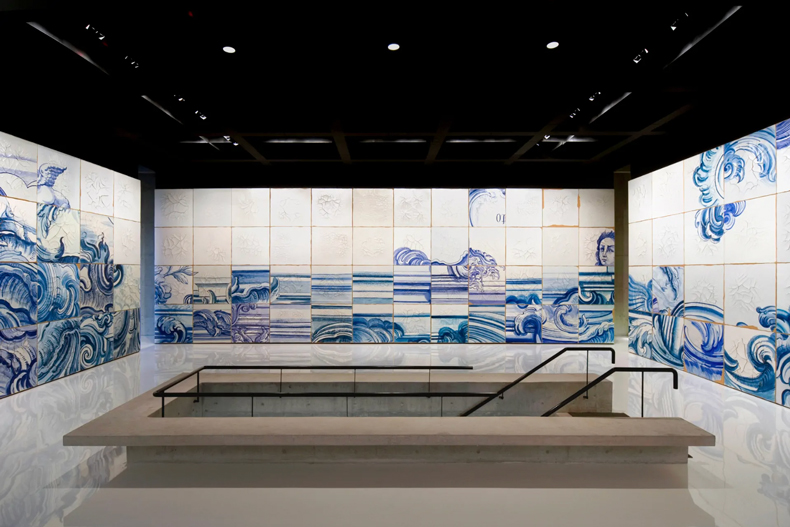
Coelacanth Provokes Seaquakes (2004–08), Adriana Varejão. Inhotim, Brumadinho. Photo: Eduardo Eckenfels
Coelocanth Provokes Seaquakes (2004–08), Adriana Varejão
Inhotim, Brumadinho
Painted ceramic tiles ripple across the gallery walls in this immersive installation, evoking both baroque Portuguese azulejos and the ocean’s disruptive force. Varejão deliberately arranges the tiles in mismatched patterns, connecting the maritime history between Portugal and Brazil with contemporary ecological disruption. Meanwhile, seraphic figures and fragmented marine imagery create a rhythmic visual current. Click here to discover more.
![]() ‘Four things to see’ is sponsored by Bloomberg Connects, a free arts and culture platform that provides access to museums, galleries and cultural spaces around the world on demand. Explore now.
‘Four things to see’ is sponsored by Bloomberg Connects, a free arts and culture platform that provides access to museums, galleries and cultural spaces around the world on demand. Explore now.


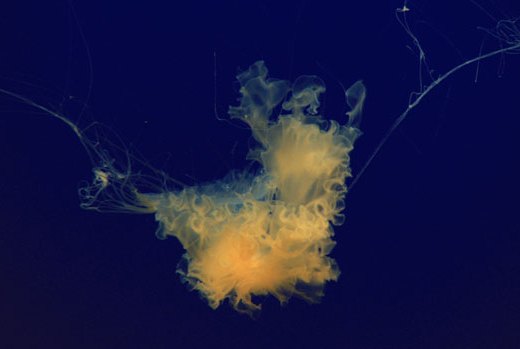
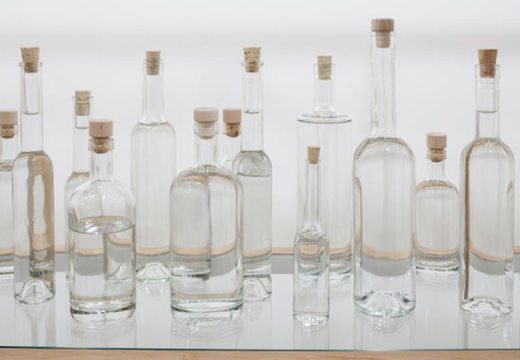




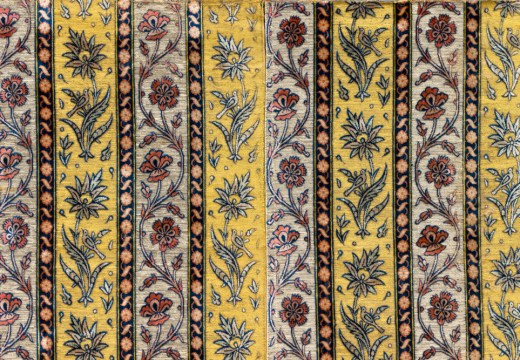
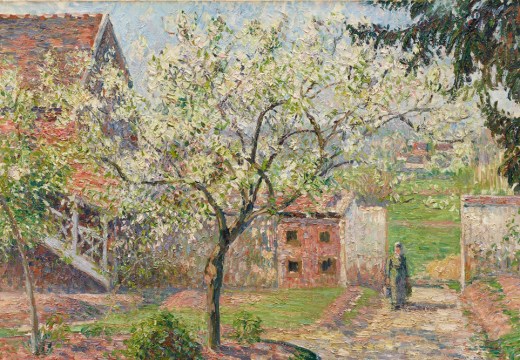
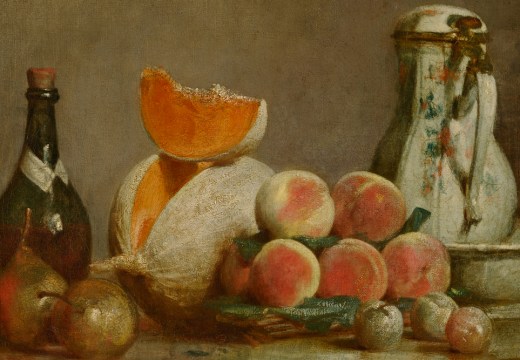
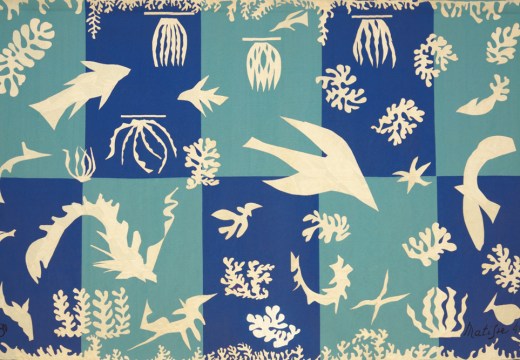

![Masterpiece [Re]discovery 2022. Photo: Ben Fisher Photography, courtesy of Masterpiece London](https://src.apollo-magazine.com/wp-content/uploads/2022/07/MPL2022_4263.jpg)
‘Like landscape, his objects seem to breathe’: Gordon Baldwin (1932–2025)